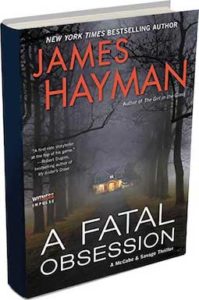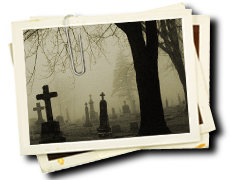Great Novels. Great Opening Lines.
Wednesday, October 6th, 2010“Death is my beat. I make my living from it. I forge my professional reputation on it. I treat it with the passion and precision of an undertaker…”
So begins Michael Connelly’s classic thriller The Poet. For my money those lines are among the best openings of any mystery or thriller I know.
Just about everyone agrees the first sentence or two or maybe even three are often the most important sentences in a novel. They set the tone. They draw the reader into the story. Maybe they introduce the lead character. Or just the setting. I thought it would be fun to explore some opening lines I think really work. Some of the books are timeless classics. Others just really good books. Here, in no particular order, are a baker’s dozen plus one of my favorites:
“Jack Torrance thought: Officious little prick.” The Shining by Stephen King.
“Indian summer is like a woman. Ripe, hotly passionate but fickle…” Peyton Place by Grace Metalious.
“Scarlett O’Hara was not beautiful, but men seldom realized it when caught by her charm as the Tarleton twins were.” Gone With the Wind, Margaret Mitchell.
“Call me Ishmael.” Moby Dick, Herman Melville.
“Last night I dreamt I went to Manderley again. Rebecca by Daphne DuMaurier.
“It is cold at 6:40 in the morning of a March day in Paris and seems even colder when a man is about to be executed by firing squad.” Day of the Jackel by Frederick Forsyth.
“It is a truth universally acknowledged, that a single man in possession of a good fortune, must be in want of a wife.” Pride and Prejudice by Jane Austen.
“If you really want to hear about it, the first thing you’ll probably want to know is where I was born, and what my lousy childhood was like, and how my parents were occupied and all before they had me, and all that David Copperfield kind of crap, but I don’t feel like going into it, if you want to know the truth.” Catcher in the Rye by J.D. Salinger.
“This is the saddest story I have ever heard.” The Good Soldier by Ford Madox Ford.
“They shoot the white girl first.” Paradise by Toni Morrison.
“I first heard Personville called Poisonville by a red-haired mucker named Hickey Dewey in the Big Ship in Butte.” Red Harvest by Dashiell Hammett
“Garp’s mother, Jenny Fields, was arrested in Boston in 1942, for wounding a man in a movie theatre.” The World According to Garp by John Irving.
“Whether I shall turn out to be the hero of my own life, or whether that station will be held by anybody else, these pages must show. To begin my life with the beginning of my life, I record that I was boren (as I have been informed and believe) at twelve o’clock at night.” David Copperfield by Charles Dickens.
And finally, one extra that I probably shouldn’t include in such august literary company but since this is my blog, what the hell:
“Fog can be a sudden thing on the Maine coast.” The Cutting by James Hayman.
If anyone has any other particular favorites they’d like to mention, please send them in. I’d love to hear from you.

